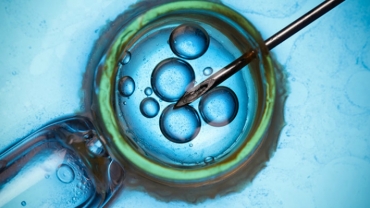Compared with having another C-section, a vaginal delivery involves no surgery, a shorter hospital stay and a quicker return to normal daily activities. VBAC might also be appealing if you have an emotional investment in a vaginal delivery or a desire to experience vaginal childbirth.
It's important to consider future pregnancies, too. If you're planning more pregnancies in the future, VBAC might help you avoid the risks of multiple cesarean deliveries, such as bowel or bladder injury and placenta problems.
There are implications for future pregnancies too, including risks of placental problems, which increase with the number of caesareans a woman has, and a greater risk of needing an emergency hysterectomy (removal of the uterus).
The scar on the uterus can cause a weakness in the uterine wall and the stretching that occurs during pregnancy or the strong contractions of labour can cause the scar to become thin or begin to separate.
This can happen among 0.5 to 2% of women. This is known as ‘scar dehiscence’ and it doesn’t usually cause any problem. However, if the uterine scar tears open, causing bleeding and other complications, it is called ‘uterine rupture’ and is a serious risk to both mum and baby.
Rupture happens in 0.35% of VBAC labours (approximately one in every 300), but good care and observation in labour means that if a rupture looks likely to occur, a woman will have a caesarean very quickly.
An experienced midwife will monitor the baby’s heartbeat and mum’s pulse. This, along with watching for abnormalities, such as bleeding, or pain that lasts between contractions, allows an early warning of potentially serious problems.
About video: Patrick O'Brien talks about the risks and benefits of Vaginal Birth After Caesarean Section (VBAC) and planned caesarean section.
- 294 views













